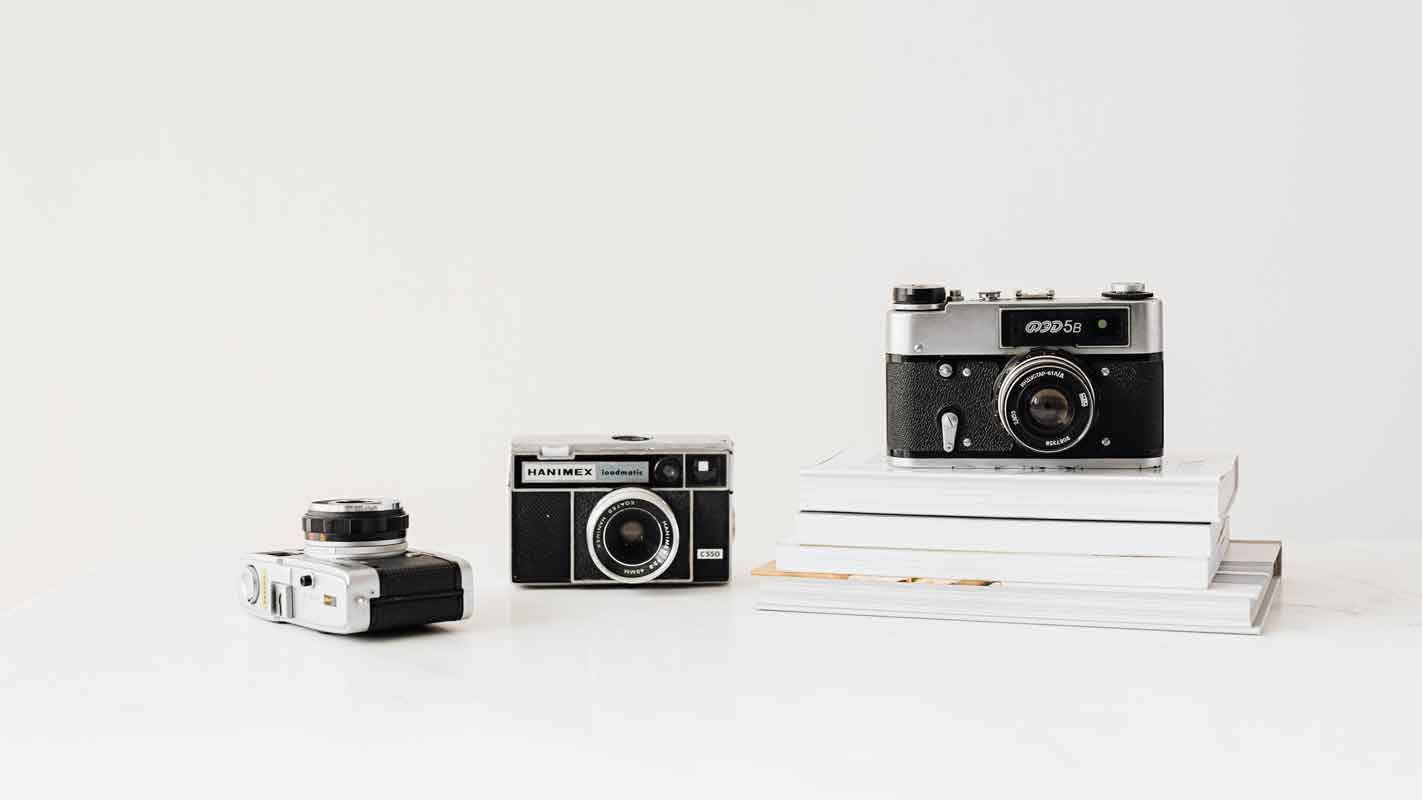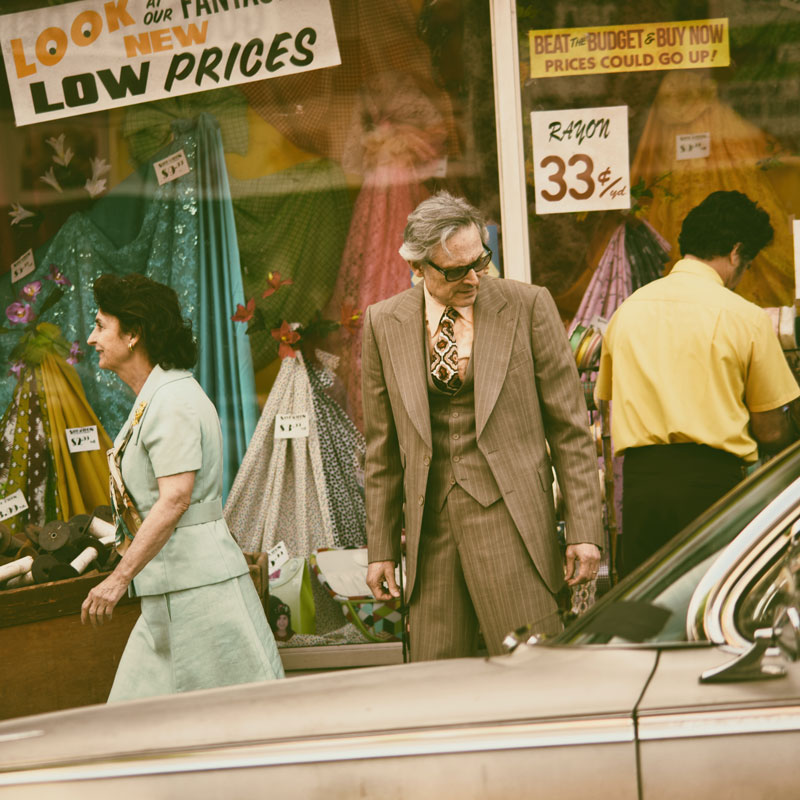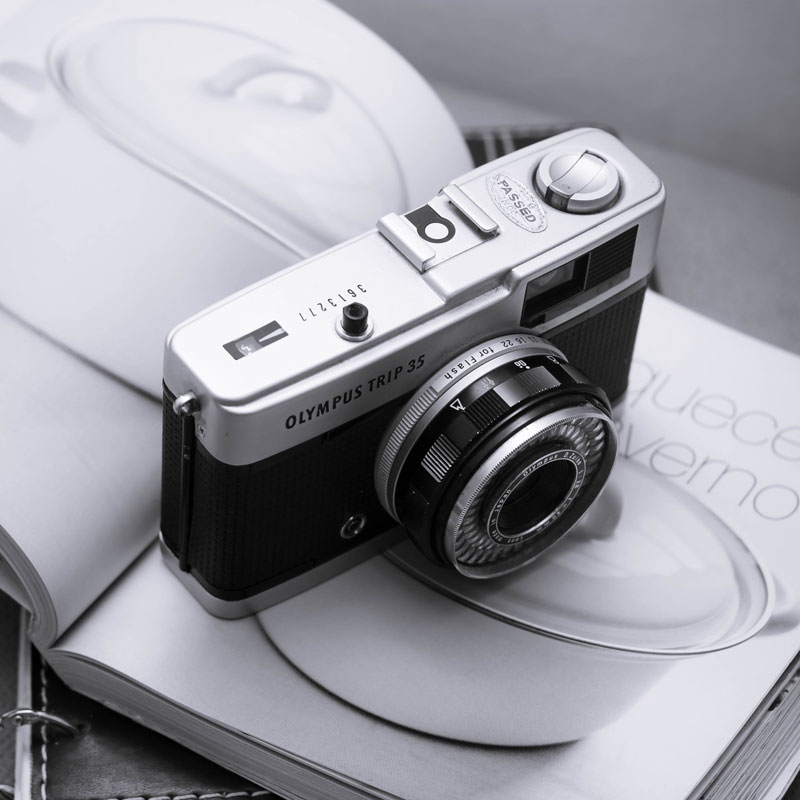The Resurgence of Film Photography
C41Film / 15 November, 2022
Click, click, click! Isn't that how we capture moments these days in a few seconds? Well, that has only sometimes been the case. Ansel Easton Adams, a famous photographer, based in America, once stated that "You don't take a photograph; you make it." Photography, an art, application, and practice of creating durable images, has been gaining popularity since the first image was produced in 1822. Even though it is much easier to click photographs and store them in today's digital age, there was a time when people were fascinated with the idea of film photography.

What is film photography?
Film-based photography is where it all began. Analog photography also referred to as film photography, is an old way of capturing moments. George Eastman, the founder of Kodak company, is credited for marketing the first flexible photographic roll film.
Although the versions of the film kept modifying over time, the concept was to take photographs on thin, transparent plastic strips. The gelatin emulsion on one side of the photo film strip contains minuscule silver halide crystals, which determine the contrast and resolution of a photograph. It is all about the physical element as well as the possibility of experimentation. Because you only have a limited number of frames, it relies on deliberate image-making.
Digital vs. Original
In the mid-2000s, when the sales of analogue film and film cameras declined immensely, the dominating image-capturing technique of the previous century was all but extinct. In the face of digital photography and cinematography, the world's largest film-producing company Kodak had to announce bankruptcy. Although digital cameras and film cameras both have their strengths, the main differences between the two are related to the physical element as well as the process of developing the image. Analog cameras capture images on actual film. On the other hand, digital cameras take digital photos, which are subsequently saved on memory cards. Additionally, analog photography necessitates chemical development, but digital photography creates photos that may be viewed immediately.
How does film photography work?
Silver halide crystals are light-sensitive. The more light they are exposed to, the brighter and less detailed the image becomes. The process of capturing photographs on a film takes some time and occurs in steps:
- When a film camera takes a photograph, the lens temporarily exposes the film strip to an image magnified by the lens.
- This exposure creates a latent picture by burning an imprint into the emulsion.
- When a latent picture is caught, it can be developed into a negative, which can then be projected onto light-sensitive photo paper to generate a photograph.


The Return of Film: Reflecting on the Resurgence of Film Photography
Film-based photography has had a considerable resurgence over the past 10–15 years, with photographers of all generations picking up their analogue cameras once more – or for the first time. Many famous photographers have shared their personal experiences of working with film cameras, describing them as a great way to move forward in the field of photography. In fact, the emergence of the revival of film photography has been so consistent that many film manufacturer companies, like Kodak itself, have reported significant sales growth every passing year.
Additionally, due to COVID's impact on the photographic industry, film photography is making a comeback. The pandemic has made digital photography quite difficult as a medium. Due to the lockdown, it has become increasingly challenging for photographers to enter darkrooms to develop their digital photos into tangible ones. Even though digital cameras are the most popular in today's photography, amateur and professional photographers still utilise film. Therefore, film-based photography is undergoing a renaissance as a photography format that has been largely neglected as a result of the development of digital.
Why go back to the analogue camera?
The advantages of film photography are what drew people to it in the first place. Cameras were once employed as a tool by scientists and documentarians. However, they were later used by studio photographers, artists, and documenters. Without film photography, digital photography would not have been born. Here are some advantages of film photography that the digital age cameras may not serve:
- Helps in learning the basics - Many young photographers tend to overlook the basics of photography and a camera. However, taking it back to film cameras can help understand the role of various parts of the camera that can prevent mistakes at the beginning itself.
- Insight into photography - Observing the mechanisms of an old film camera will assist you in understanding how they function. Digital cameras are fantastic at displaying images, but unlike film cameras, they cannot show how a situation is transformed into an image. The fine details matter and make a photographer "good" at their work.
- Wide variety of cameras - There are numerous distinct analogue camera kinds, and you can customise each camera's settings. Learning the fundamentals of photography can be done more thoroughly and practically with analogue photography.
- In-depth understanding of light and colours - The range of sensitivity present in the chemicals of a film vary greatly and thus, helps a capturer to understand its influence on the light and colour of the image. Eventually, this can be used to create beautiful and unique photographs.
- Critical and meticulous work - Unlike digital cameras, analogue cameras lack elegant grid lines and "auto" modes that automatically take properly exposed photos. Film-based photography usually keeps you on your toes to make active decisions and not become a "lazy photographer".
- Provides a sense of satisfaction - Developing photos with a film camera can be a remarkably satisfying experience for some people. Apart from that, working in the darkroom is rewarding as it helps you learn the intricacies of editing and its rich history.
- Encourage thoughtfulness - Since the film rolls can only capture a limited number of pictures, the photographers are encouraged to be more thoughtful and careful, considering each shot counts.
- Physical photographs - Another considerable advantage of film photography is the experience of physical photographs that one cannot get by using a digital camera.
- Cost friendly - Lastly, it's a perfect time to start shooting film because the cost of used, high-quality film cameras has decreased significantly since the introduction of affordable DSLRs.
Film photography's raw aesthetic unearths a nostalgic security that appeals to older generations who grew up with it and to newer people interested in discovering the history of photography. Even though photography is increasingly digital, the influence of film is still felt today.